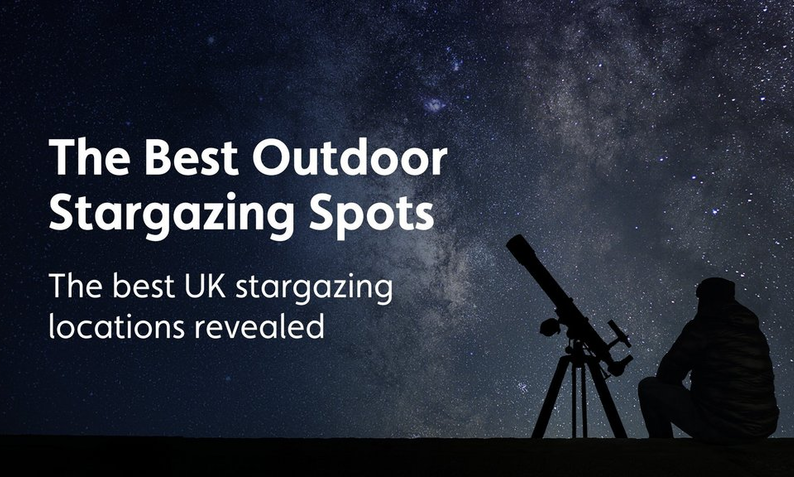A tent is more than just fabric and poles; it’s your home from home. At Millets we love camping and have been designing and selling quality camping gear for generations. Here’s our expert guide to buying the right tent, whether you’re a first time family camper, festival fanatic or seasoned backpacker.
Tent Style
Tents come in all shapes and sizes. Match your needs to the various styles of tents described below:

Dome Tent: A favourite with weekend campers and low-level trekkers, dome tents have a design in which the poles cross to create a stable structure. Relatively simple to pitch, dome tents offer great internal space.
Frame/Ridge Tent: The frame or ridge tent shape has been around for what feels like forever. With a pole at each end and commonly a cross or ridge pole to create the roof, these tents are remarkably stable.
Geodesic/Semi-Geodesic Tent: Geodesic tents feature poles which cross to create a free-standing shape which is stable, rigid and distribute stress well. These tents offer excellent protection against high winds, making them popular with backpackers. Semi-geodesic tents use the same principle but generally fewer poles, making the suitable for less extreme conditions.
Tunnel Tent: An incredibly common and popular type of tent for family and car camping trips, tunnel tents are easy to pitch and offer great internal space. The poles are arched to create a tunnel; but unlike a dome tent, tunnel tents are not free-standing so need to be pegged as you pitch.

Pop-Up Tent (Quick-Pitch): Ideal for festivals, short summer breaks and garden sleepovers, these tents require no assembly and pitch in seconds. A coiled frame is permanently fixed into the fabric of the tent which when released opens out to create a tent. Contrary to belief, pop-up tents are easy to pack away; if you know the technique!
Tipi Tent (Bell): Single poled, traditional tepee tents have a classic conical shape which creates a deceptively spacious tent that is a great alternative to a standard family tent. Premium styles from brands like Robens make for dream glamping getaways. Tipi tents commonly do not have inners, meaning they are best suited to late spring and summer camping trips.
Inflatable: Growing in popularity, air or inflatable tents use a series of inflation beams instead of standard tent poles. A great alternative to traditional family tents, air tents are so simple to pitch, even on your own. Learn more about inflatable tents, including our exclusive Berghaus Air Collection here.
Tent Features
Common features make up the DNA for every tent. Here is what you need to know about the make-up of every tent.

Berth: Used to describe how many people a tent can sleep. Note that it is calculated without luggage, so we recommend sizing up if you have a lot of kit.
Flysheet (Outer): This outer fabric protects you against the wind and rain. Flysheets need to be durable and waterproof; and hydrostatic head is the term used to tell you the waterproofness of the fabric. 1,500mm is the basic level at which a fabric is considered waterproof.
Inner (Bedroom): The inner tent is designed to keep you as comfortable as possible. Commonly made from a combination of breathable fabric and mesh, inner tents are designed to provide privacy and allow air flow to reduce the build-up of condensation.
Groundsheet: The groundsheet is the durable fabric that makes the floor, and protects you from dirt and moisture. Groundsheets on some tents are sewn-in which means they are attached to the flysheet at the edge to stop moisture, drafts and bugs to get in. All tents have bedroom groundsheets, and family tents often have them in the porch or living area too. To save weight, technical/backpacking tents will have a removable groundsheet in the porch.

Tent Poles: Poles give a tent structure. Separate pole sections are linked together using elasticated cord. Tent poles are made from either fibreglass, Steel, alloy or air tubes. Fibreglass poles are the most common type of pole and are easy to repair. Steel poles are very strong but weigh more and can be harder to repair. Alloy poles are light, strong and can be repaired but be aware that they can be expensive. Air tubes or beams are a popular alternative to traditional tent poles and feature in inflatable tents such as our exclusive Berghaus Air Collection. We stock replacement poles and air tubes.
Porch: This area is for storing your gear, or can be used as extended living space for sitting out bad weather. Lightweight backpacking tents may have just enough space to store your rucksack and wet clothes, while a larger family tent can give you the room to create a kitchen, living room or dining space.
Guylines: Common on all tents, guylines are essential to keep your tent stable and upright. Guylines should be adjusted to match the weather and are pegged out at specific points to distribute stress from the poles, especially in windy conditions.

Windows/Curtains: Common on larger, family tents, windows allow you to sit inside your tent while enjoying the views that surround you. Need privacy? Zipped or Velcro curtains are excellent features and some tents even have tinted windows.
Ventilation: Many tents feature ventilation points to manage condensation by increasing airflow. A combination of high and low ventilation will maximise comfort.
Doors: Tents with a single door keep weight to a minimum, while larger tents with multiple entrances offer greater practicality for families and groups. Zipped tent doors usually feature a fine mesh covering to help keep bugs out and aid ventilation.
Lantern Hanging Point: A loop or clip in the tent where you can hang your lantern or torch. Some tents include a cable tidy to keep wires tucked away.
Storage Pockets: Providing convenient storage for your gear; pockets are common on most tents.
Power Access: Zipped entry points are common on family tents, meaning you can run a suitable mains cable into the tent to power any electrical device. Always use an RCD protected socket or mains kit.
Tent Accessories
'Roughing it' when camping has become a thing of the past. At Millets we stock a wide range of essential and luxury tent accessories designed to make your camping experience as enjoyable as possible. Here's just a few things you should consider:

Tent Footprint: A tent footprint will protect your groundsheet from mud, moisture and abrasion. Many tents have footprints designed specifically for their shape and size; although generic versions are available too.
Tent Carpet: Tent carpets feel soft and warm underfoot, bringing home comfort to the campsite.
Tent Extensions/Shelters: Tent extensions are a great way to increase the floor space of your tent. They are commonly used as storage, kitchens and are even a great place to storing muddy gear or bikes. Extensions are designed to fit specific tents. Shelters are also popular with those looking for a covered space to relax from sun or showers.
Windbreak: Ideal for sheltering or enclosing your camping area, windbreaks also can be used to add privacy.
Dustpan & Brush: A dustpan and brush will make keeping your tent inner clean easy. A stiff brush or broom can also be useful for getting mud off the underside of your groundsheet or footprint before you pack it away.
Spares & Repairs: Extra pegs, guyropes, pole & cord replacements and a tent repair kit are all worth taking with you, just in case.

Caring For Your Tent
Caring for outdoor gear is easy when you know how. A tent cleaner and proofer will maintain the condition and performance and your tent. You should regularly clean and care for your tent to maintain it's condition, remove grime, oils and dirt, and extend the overall life of your tent.
Shop the range now to find your perfect Tent.
Want to recommend your tent to someone else or share snaps of your camping trips? Add your comments below and share your camping adventures on Facebook, Instagram or Twitter. Tag them using #mymillets.


Comments
Man tent . Can you advise
please?
How on earth can a couple in their 70’s go camping with that?
With Many Thanks
The Berghaus Air 8 Tent has bigger bedrooms and a bigger central living area than the Berghaus Air 6 Tent, so if you're looking for more space the Air 8 would be the best choice. Also the Berghaus 6XL has all bedrooms at the rear of the tent, so although slightly smaller, the living area seems more open.
Overall, any three of the tents would be perfect for a family of 5, it depends on how much extra space you would like. Hope this helps, and if you have any other questions please don't hesitate to contact us again!
Thanks,
Sophie @ Millets